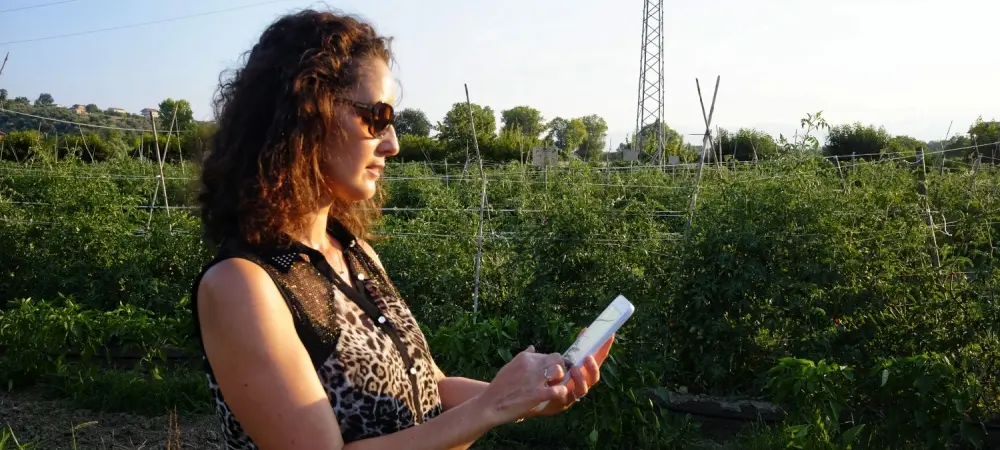The landscape of rural connectivity is undergoing a transformation, with open-source mobile networking technologies at the forefront. The Platforms for Advanced Wireless Research (PAWR) program, specifically through its ARA testbed in Iowa, serves as a pioneering project supporting these advancements. Since its establishment in 2023, the PAWR initiative has explored ways to enhance broadband access across rural areas by leveraging cutting-edge wireless technologies. Central to this endeavor is the integration of a local, open-source mobile core with Ericsson’s 5G Standalone Radio Access Network (RAN), a significant milestone in their mission to create robust and flexible networking solutions.
Integrating Open-Source and Commercial Network Technologies
The Shift to Local Open-Source Network Cores
The transition from a remotely hosted Ericsson core in California to a local, open-source mobile core using the Open5GS software stack marks a substantial evolution in network technology. This change illustrates the potential of open-source software to achieve interoperability and commercial readiness when integrated with established commercial infrastructures. The adaptation of Open5GS introduces programmable flexibility into the core network while maintaining the resilience and reliability provided by Ericsson’s RAN. Importantly, this shift aligns with broader industry trends that favor open standards and software, offering opportunities for both innovation and further customization of network solutions.
One notable outcome of this transition is the insight into the performance dynamics between different core networks. Although the open-source solution delivered a slightly reduced throughput of 445.56 Mbps compared to Ericsson’s 557.49 Mbps, the performance remained sufficient to support enhanced mobile broadband applications. This balance in throughput illustrates a trade-off that benefits rural communities, where cost-effectiveness and flexibility are often prioritized over absolute speed. The ability to offer adequate broadband without relying solely on proprietary systems highlights the practicality and viability of open-source systems in real-world scenarios, promoting digital inclusion in these underserved areas.
Performance Enhancements and Industry Trends
Adopting open-source technology in rural settings is not just about matching throughput—it also involves achieving gains in other performance aspects. A significant improvement was noted in the network’s control plane latency, which has meaningful implications for applications demanding real-time communication. This enhancement makes open-source systems appealing for activities like telemedicine, precision farming, and streaming services, where latency can significantly impact user experience. By improving responsiveness, open-source integrations support rural areas in embracing the latest technological advancements and participating in the digital economy more effectively.
The movement towards open-source solutions also indicates a growing shift within the telecommunications industry toward more adaptable, collaborative ecosystems. By prioritizing open standards, stakeholders in this space facilitate greater collaboration, fostering innovation and creating more opportunities for customization. This approach challenges traditional proprietary setups, predominantly dominated by commercial solutions, by empowering users and operators to tailor networks according to specific needs. As more entities embrace open-source alternatives, a more competitive and versatile network landscape is emerging, enhancing connectivity potential across the board.
Strategic Alignment with Rural Applications
Supporting Agricultural and Rural Activities
The ARA testbed’s focus extends beyond mere technological advancement, spotlighting the strategic alignment with rural-centric applications. By establishing a robust framework for technologies such as remote monitoring, agricultural robots, and video surveillance of livestock, this initiative demonstrates concrete applications of open-source networks in improving rural economies. Through these implementations, digital tools become integral to advancing efficiency and productivity within agriculture and related fields, thus transforming the landscape of rural work and living conditions. Beyond immediate tech improvements, such strategies contribute to sustainable development by embedding connectivity into the very fabric of rural infrastructure. These applications emphasize how wireless technologies can address unique rural challenges, leveraging the power of digital tools to facilitate tasks that would otherwise remain cumbersome or impossible. By ensuring network access, combined with the functional aspects of connectivity, the ARA testbed supports a new era where physical barriers and limitations are increasingly overcome by digital means. As the agriculture sector evolves to meet global demands, these connectivity solutions equip farmers and rural businesses with the necessary tools to thrive in an interconnected world, setting the stage for more efficient, resilient communities.
Academic and Institutional Endorsements
Institutional support of open-source integrations signifies confidence in their potential to redefine communication infrastructure. Academic leaders and federal institutions play a pivotal role in encouraging adoption and facilitating innovation. According to Dr. Hongwei Zhang at the helm of the ARA testbed, integrating open-source networking software paves the way for commercial viability, breaking barriers in traditional network setup and expanding possibilities for myriad applications. On a national platform, endorsements from the National Science Foundation underscore the strategic importance of pairing open software with commercial-grade infrastructure, ensuring the United States remains at the forefront of telecommunications innovation and security.
Such endorsements bolster the idea that open-source technologies are not merely experimental but stand as viable alternatives to current systems. Academics and policymakers embrace these changes for their future-proofing capabilities, pointing to a balanced approach that combines flexibility and robustness. These dual aspects offer a compelling argument for incorporating open-source cores, which promise to maintain the nation’s leadership in advanced communications. This direction helps shape not only the technological discourse but also the deployment strategies that will define how people and institutions access, use, and benefit from mobile networks.
Pathway to Rural Connectivity and Future Applications
The realm of rural connectivity is experiencing significant changes, spearheaded by open-source mobile networking technologies. The Platforms for Advanced Wireless Research (PAWR) program, particularly through its ARA testbed situated in Iowa, is a groundbreaking project promoting these innovations. Since its inception in 2023, PAWR has delved into strategies to improve broadband access in rural regions by utilizing advanced wireless technologies. Central to their efforts is the integration of a localized, open-source mobile core with Ericsson’s 5G Standalone Radio Access Network (RAN). This collaboration marks an important milestone in their pursuit to develop resilient and adaptable networking solutions. By focusing on cutting-edge technologies, PAWR aims to bridge the digital divide, providing rural communities with faster, more reliable internet access. Their commitment to innovation not only empowers these areas but also sets a precedent for future tech-driven connectivity solutions worldwide.

